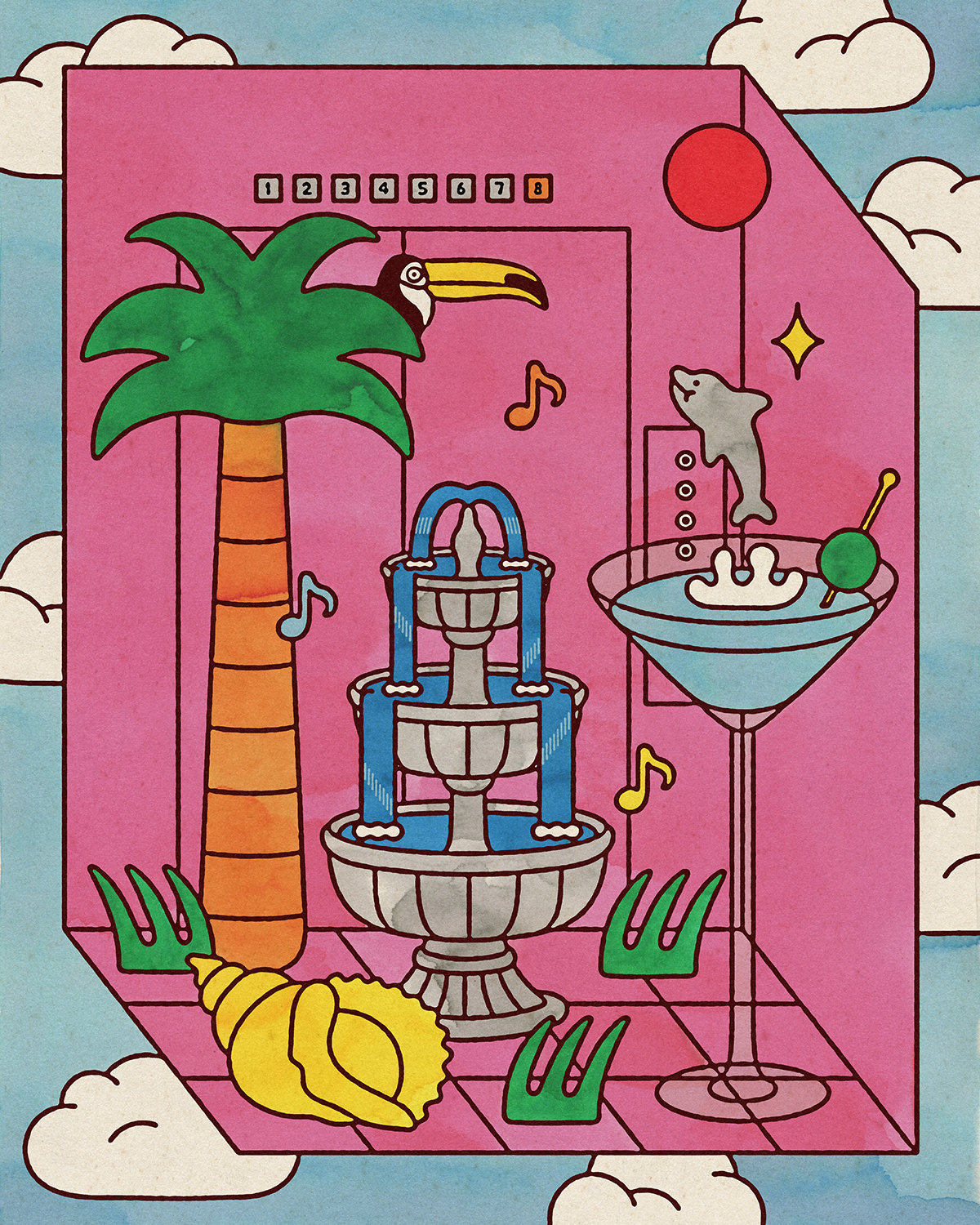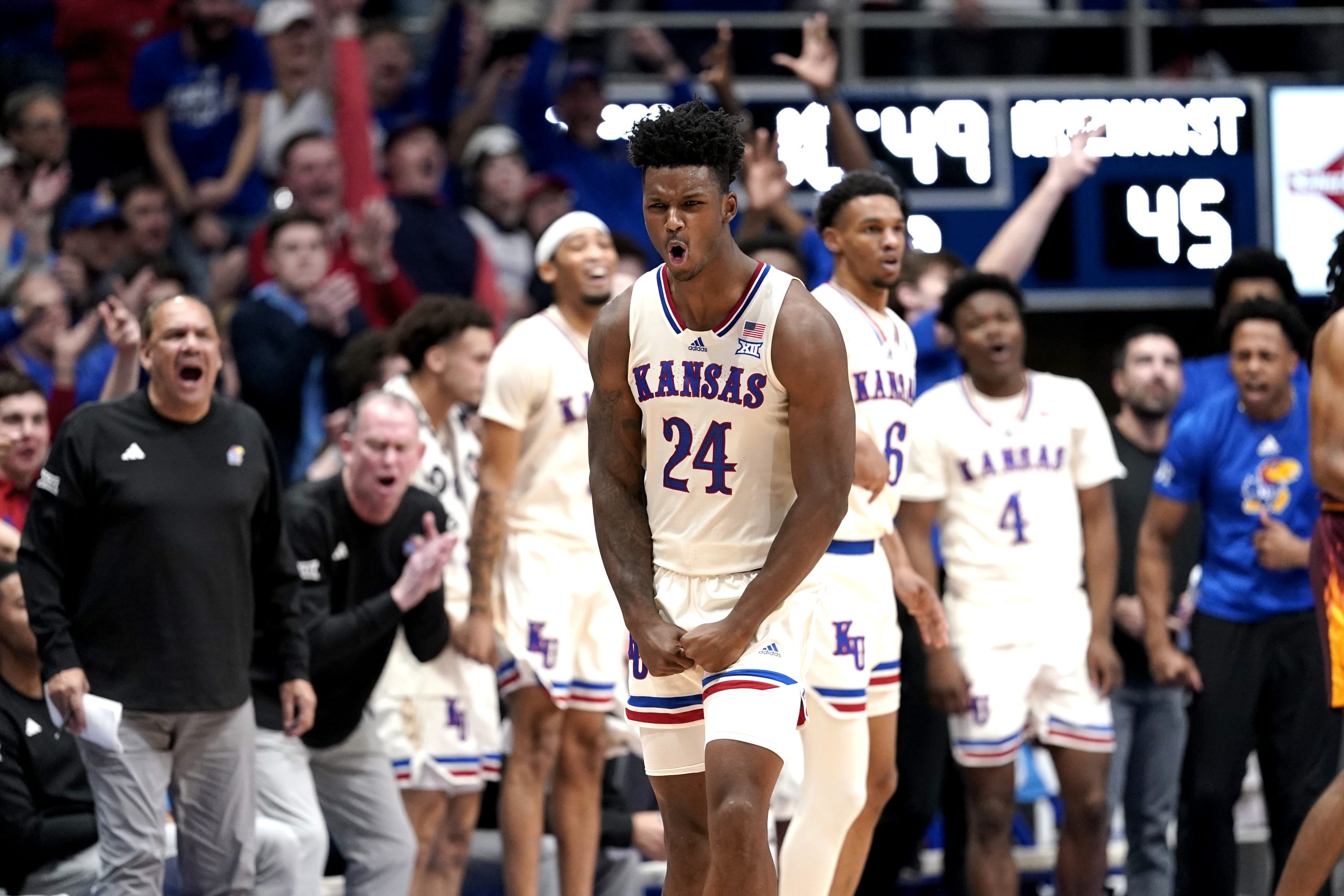For most of his four-plus decades in Hollywood, Thomas R. Moore has worked as a picture editor on network television shows.
During a typical year, his work followed a pattern: He would spend about a week and a half distilling hours of footage into the first cut of an episode, then two to three weeks incorporating feedback from the director, producers and the network. When the episode was done, he would receive another episode’s worth of footage, and so on, until he and two other editors worked through the TV season.
This model, which typically pays picture editors $125,000 to $200,000 a year, has mostly survived the shorter seasons of the streaming era, because editors can work on more than one show in a year. But with the advent of artificial intelligence, Mr. Moore fears that the job will soon be hollowed out.
“If A.I. could put together a credible version of the show for a first cut, it could eliminate one-third of our workdays,” he said, citing technology like the video-making software Sora as evidence that the shift is imminent. “We’ll become electronic gig workers.”
Mr. Moore is not alone. In a dozen interviews with editors and other Hollywood craftspeople, almost all worried that A.I. had either begun displacing them or could soon do so.
As it happens, these workers belong to a labor union, the International Alliance of Theatrical Stage Employees (IATSE), which can negotiate A.I. protections on their behalf, as actors’ and writers’ unions did during last year’s strikes. Yet their union recently approved a contract, by a large margin, that clears the way for studios to require employees to use the technology, just as Mr. Moore and his colleagues have feared.
Some labor experts believe that the protections negotiated by the union, like regular meetings with studios on A.I., may be the best it could do during an industrywide downturn. Union leaders have argued that there is no way to prevent the use of A.I. in Hollywood crafts.
At a town-hall meeting to discuss the contract — which covers not just editors but also thousands of makeup artists, prop makers, set designers, lighting technicians and camera operators — the union’s president advised members to make the best of it.
“If an A.I. job comes near your craft,” said the IATSE president, Matthew Loeb, members should embrace it and “make ourselves the experts.” In a recording shared with a reporter by a union member, Mr. Loeb added, “Because that’s the way we’re going to keep our jurisdiction, keep people gainfully employed.”
But to Mr. Moore and his fellow Cassandras, the failure to secure stronger A.I. protections bodes poorly not only for them but for workers across the country. “If a 70,000-member union like IATSE can’t protect workers, what does it mean for everybody else?” he said, referring to the number of craftspeople covered under two major contracts. “For society going forward?”
A Cavalcade of Technology
Technological breakthroughs have been upending Hollywood for more than a century, and editors have not been immune.
For decades, the way sound editors eliminated the various clinks and clanks in dialogue was to find a clean version of an obstructed word from a different take and splice it in.
Then, about 15 years ago, software from a company called iZotope made it possible to identify the blemish and cut it out — no splicing required. A longtime sound editor who declined to be identified for fear of alienating employers said the program diminished the craftsmanship involved in sound editing but made it more efficient. And the job still required the sound editor’s refined ear: Take away too much noise and the dialogue wouldn’t sound natural. Leave too much in and the noise would be distracting.
But according to this editor, new generative A.I. programs have enabled someone with almost no training in sound to press a few buttons and largely achieve what the sound editor previously accomplished.
Other crafts appear to be facing similar pressure. Artists who work on movies report that they are increasingly seeing A.I.-generated illustrations on their jobs. The actor and filmmaker Tyler Perry has disclosed that he has used A.I. rather than rely extensively on makeup artists for two coming movies. (Mr. Perry called for regulation of A.I. to protect jobs.)
To fend off these threats, many IATSE members said, they hoped their union would negotiate protections similar to what Hollywood writers won last year during their five-month strike: a prohibition on requiring writers to use A.I. programs like ChatGPT for scripts or outlines, along with strict rules on minimum staffing and duration, to limit potential job losses.
The new IATSE contract has neither of those measures. It says studios won’t require workers to “provide prompts” that lead to the displacement of union members, but also says studios can “require employees to use any A.I. system.” Workers fear that studios will simply hire fewer workers for each project, knowing that A.I. will make them more productive.
Many of the contract’s A.I. provisions — like an agreement to negotiate in the future over the effect of A.I. — are procedural. They don’t commit the studios to any concrete position, like preserving a certain number of jobs.
“The language they used in the agreement says we’re required to use A.I. if the studio so chooses,” said Christopher Glass, an IATSE member and production designer who oversees the design of sets, props and creatures. “I don’t think it’s necessary to say that. The writers don’t have that provision.”
An IATSE spokesman said employment in the industry hinged on many economic factors beyond A.I., and noted that the latest contract required regular meetings between the union and individual studios as “avenues to further develop policy.”
The Alliance of Motion Picture and Television Producers, which negotiates on behalf of studios, declined to comment.
IATSE’s leadership has not been deaf to its members’ concerns about A.I. “We realize that some classifications and some members may be impacted by this in a way not experienced before,” Cathy Repola, the executive director of the editors’ local, said at a town-hall meeting to discuss the contract.
Unlike its most vocal members, however, the IATSE leadership appears to be more fatalistic about the possibility of restraining A.I.
“We cannot defy it or attempt to prohibit its use,” Ms. Repola said at the meeting. And while writers may have won stronger restraints on the use of A.I., she added, IATSE craftspeople did not have the same leverage.
“If the entire bargaining unit of the IATSE said, ‘We’re going to refuse to use A.I.,’” the productions “wouldn’t be made here in this country,” Ms. Repola said.
She and other leaders have also pointed out that unlike the writers’ contract, the IATSE contract covers dozens of different crafts, making sweeping prohibitions less practical.
Whether or not they accepted these arguments, members’ anxiety about A.I. did not appear to trigger a groundswell of opposition to the contract, which passed with more than 85 percent support.
Many members welcomed the gains that the union won in other areas, like wages, pension contributions and safety measures. And even among those concerned about A.I., there appeared to be little appetite to vote down the contract and go on strike while the industry was struggling.
Now, the Animators
Still, the debate over A.I. remains a live one within the union. In mid-August, the Animation Guild, an IATSE local that negotiates separately from the larger union, will begin bargaining with studios over its next contract. In interviews, members of the guild’s bargaining committee said they hoped to improve on the A.I. provisions that the parent union negotiated.
“They’re really hard to look at, honestly,” said Nora Meek, a storyboard artist and writer who serves on the committee.
In some ways, the nearly 6,000 members of the Animation Guild, which represents not just artists and character designers but also writers and directors, face even bigger threats from A.I. than other IATSE members. Animation studios often outsource work to nonunion shops, and some nonunion studios appear intent on experimenting with A.I.
“Cocomelon,” a popular children’s cartoon that runs on YouTube and is made with nonunion workers, laid off most of its seven or eight writers during the past year, as well as several artists. A former employee, who spoke anonymously because of a nondisclosure agreement, said executives at the company had openly discussed using A.I. to help write the cartoon. A company spokesman said there were no current plans to replace “Cocomelon” writers with A.I.
In response, the Animation Guild appears to be mobilizing aggressively. Protections against A.I. are “a top priority for members,” Alexandra Drosu, a spokeswoman, said. “We feel confident that we can build on the wins secured by the IATSE basic agreement.”
Yet some Animation Guild members worry that the parent union’s A.I. provisions may have made their task harder.
“That’s the challenge of pattern bargaining,” said Brandon Jarratt, a member of the guild’s board and its A.I. task force, referring to the tendency of negotiations to set precedents for others in the same industry. “The question comes down to, how much leverage and pressure can we put on stuff?”




















Discussion about this post